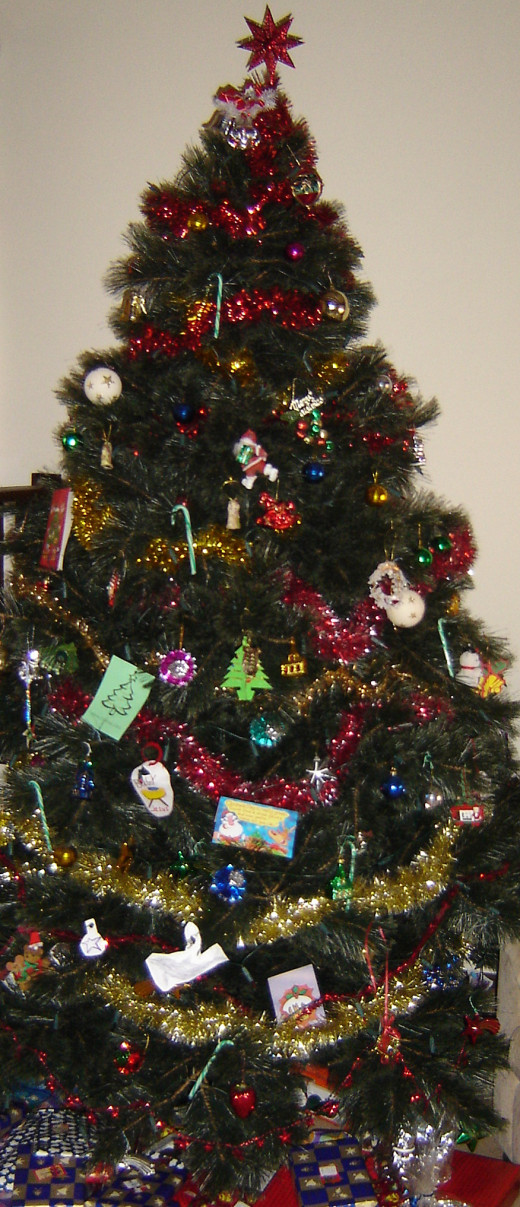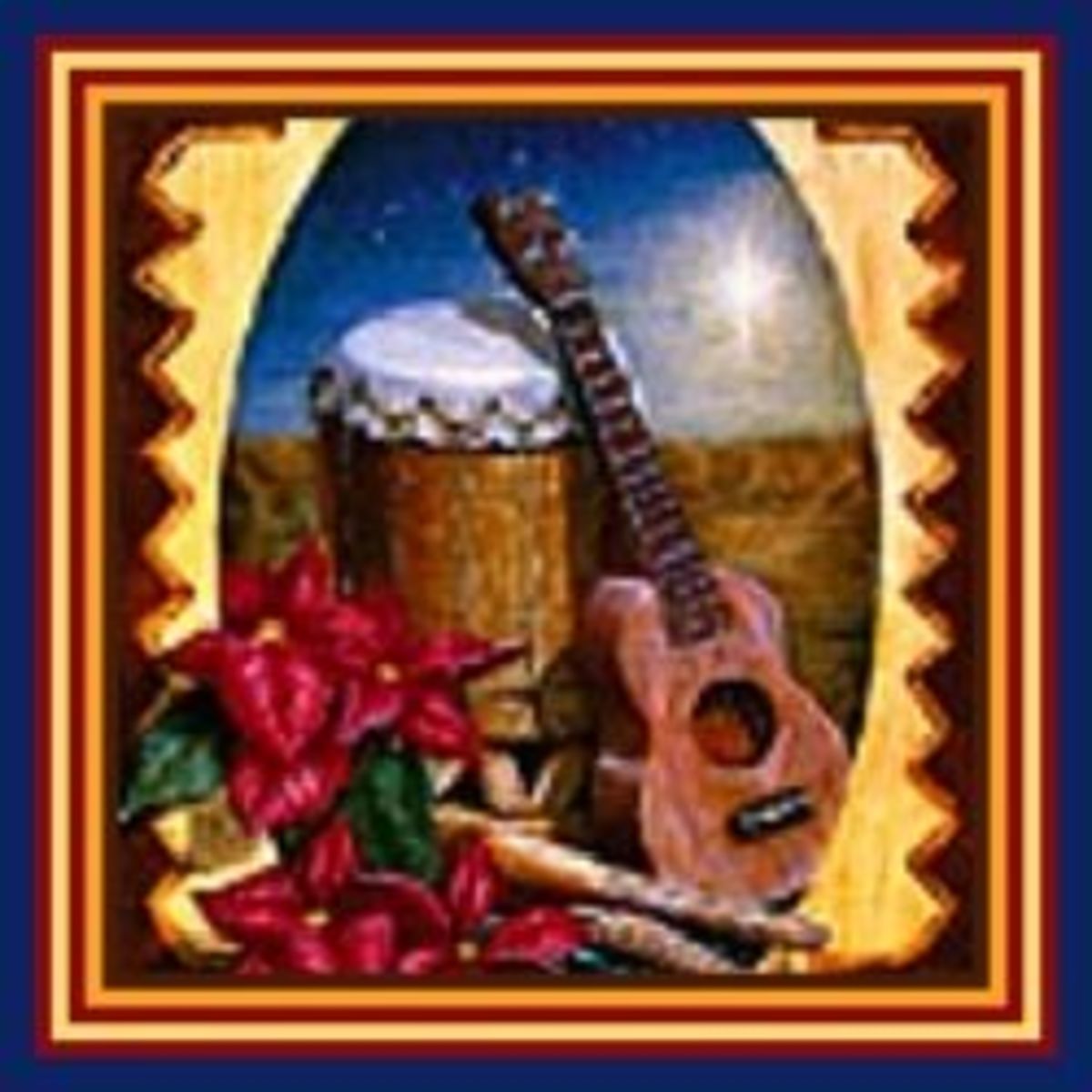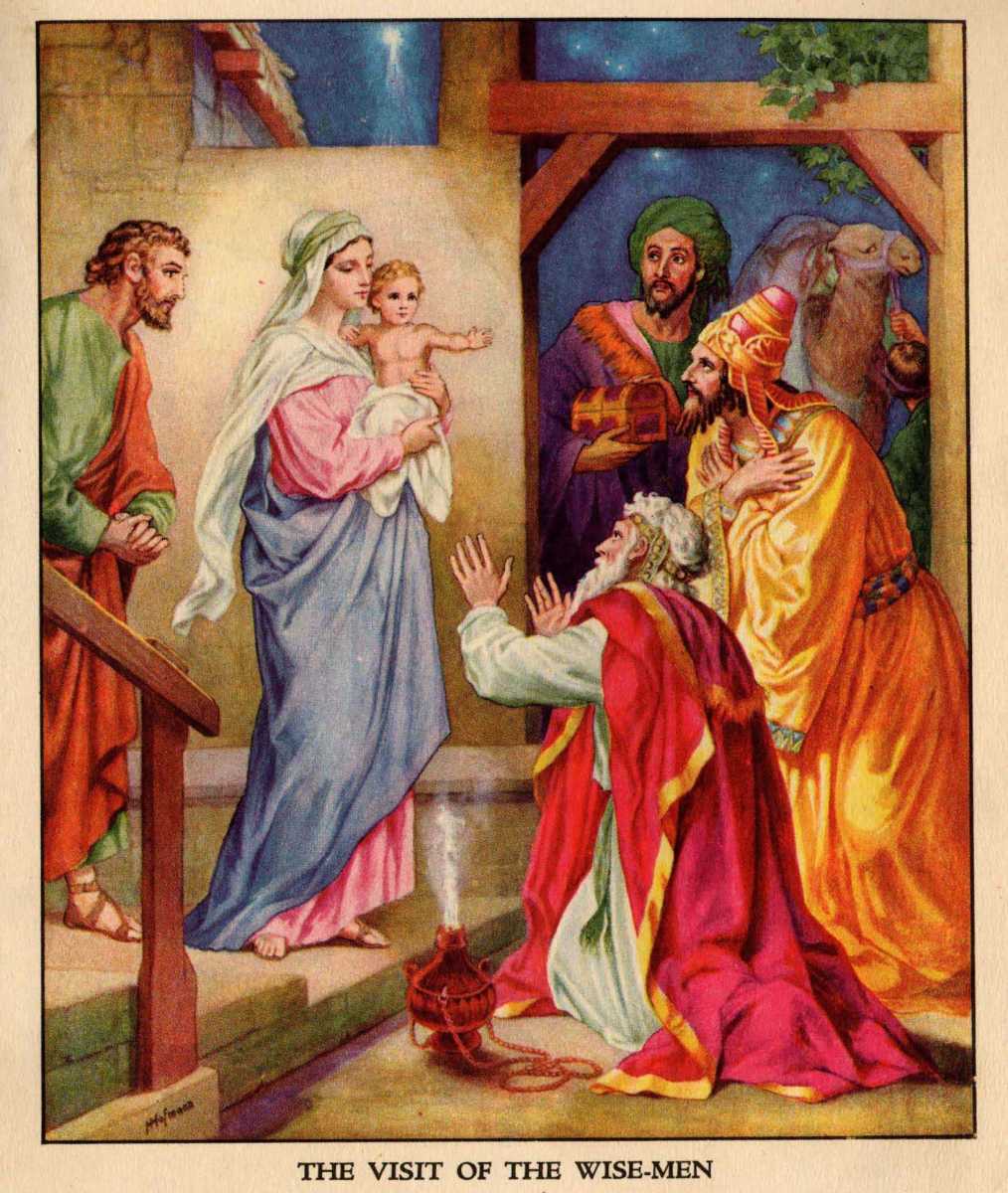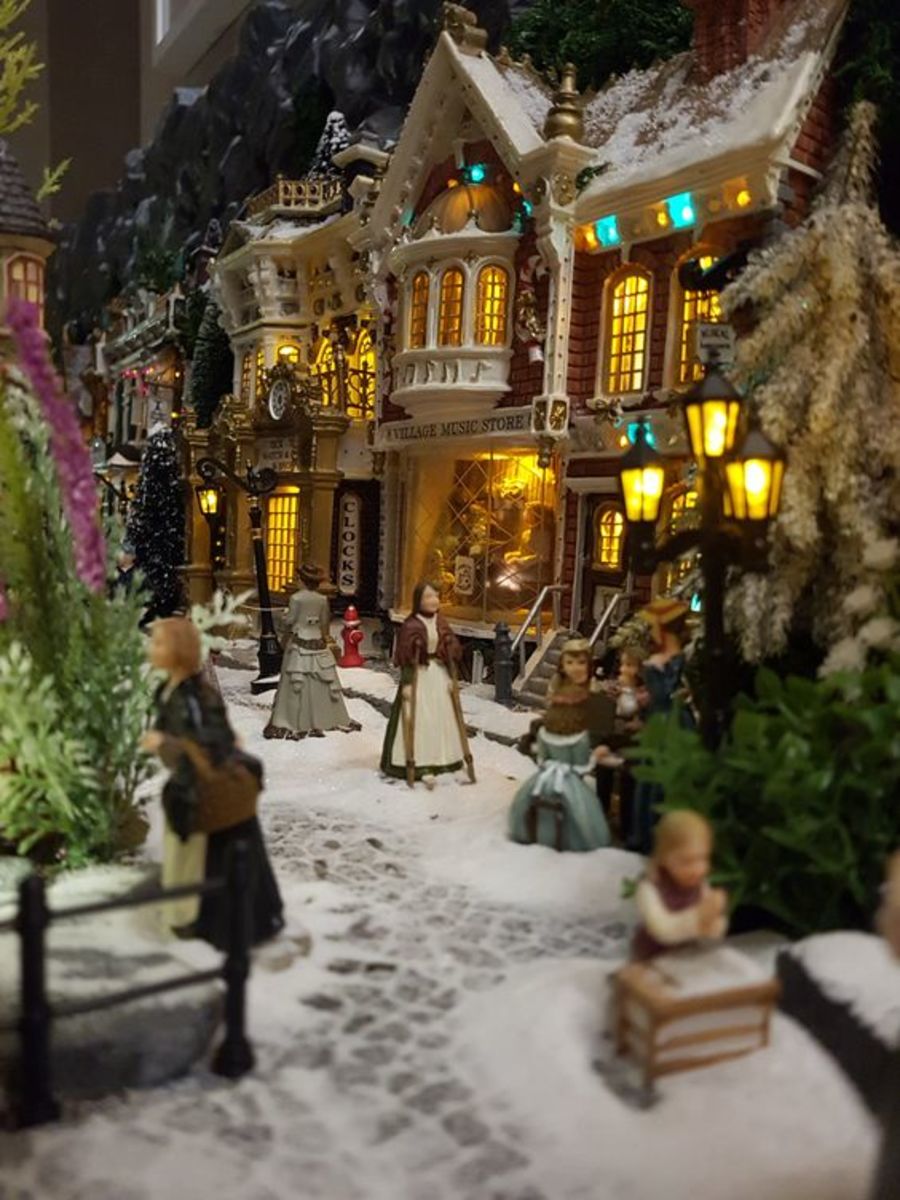Christmas Customs - Pious or Pagan
A Trimmed Christmas Tree

Christmas Traditions
In the Northern Hemisphere, Christmas falls in mid-winter. It is around the shortest and coldest day of the year, i.e. the winter solstice.
For a few thousand years before the coming of Jesus Christ, Christmas was a pagan festival of worship to the gods by the ancient Romans, Greeks, Celtics and Germanics. Most of the customs then included using greenery for life and fertility; and fire for heat and symbolism of the sun.
When Christmas was decreed a Christian festival by the Catholic Church in the fourth-century, many of the pagan customs were adopted and more were introduced over the years. Their meanings were modified to reflect the coming of Jesus Christ, the light of the world. For example, the gold and lights used extensively at Christmas symbolises His majestic presence.
An interesting mixture of ancient and new Christmas customs are described below.
Putting up a Christmas Tree
It is customary these days, eve as early as mid November, to see Christmas trees trimmed with gaily-coloured decorations and lights, in homes, shopping malls and churches.
To Christians, the greenness of the tree signifies life and the lights on it reflect the presence of Jesus Christ. The fir tree is used because it is triangular in shape and represents the Holy Trinity.
However, the Christmas tree originated in Germany and was introduced to Britain in the nineteenth-century. The Germans started the custom of bringing small fir trees into the house to be decorated, which has been carried down the generations. These days it is common to use plastic trees instead of the real ones as they last for years and do not drop their needles everywhere. It is getting increasingly common to see colourful plastic trees with various types of needles/leaves. However, in more ancient times, the German pagan tree-worshippers used to cut the evergreen oak trees to bring into their homes. They believed that the tree spirits would go away once the tree was cut and to induce them to return, the pagans would decorate the oak trees brightly.
Stirring the Christmas Pudding
Most people these days tend to buy commercial Christmas puddings because it is convenient and there is a huge range of puddings at the shops. The Christmas pudding was traditionally made on the Sunday before Advent, also known as Stir Up Sunday.
The whole family would gather and take turns stirring the Christmas pudding in a clockwise direction. This direction is also east to west and signifies the route the Wise Men took to see Baby Jesus. All the members of the family would make a wish each at the same time and if they kept them secret, the wishes were supposed to come true.
The family would then put trinkets and coins into the pudding. The more common ones were a ring for marriage, a new coin for wealth and a thimble for a good life. The Christmas pudding was then stored and served whole at the Christmas dinner, where brandy would be sprinkled on it and then set alight.
Mistletoe
The tradition of kissing under the mistletoe still exists and appeals to many people.
Some people feel that its religious significance in the Christian Church, is the reconciliation between man and God, like the branches of mistletoe reaching up to heaven from Earth
The use of mistletoe however, started with the Druids who were ancient Celtic priests. This parasitic plant grows on Oak trees and was used for its healing and fertility properties. The ceremony of cutting the plant involved large crowds of people. The Arch Druid would bless the plant and break it into small sprigs for the people gathered to take home.
The Yule Log
The burning of the Yule Log as a custom has phased out because fireplaces these days are far smaller than they used to be and cannot accommodate the huge logs. Instead, we have Yule Log cakes at Christmas, which resemble the actual logs, and taste good.
In Britain and Europe, until the mid-seventeenth Century, a large decorated Yule Log used to be kept burning in the fireplace, for the twelve days of Christmas to keep people warm and cheerful. This log was usually cut on Christmas Eve and taken indoors while still fresh.
This tradition originates from pagan tree worshippers. In Scandinavia, they would cut down the oak trees, which were also known as ‘solstice’ trees, and burn the large logs. Originally, this log would be burning for a twelve-day period in honour of their pagan gods. The Celtics also burned logs regularly in honour of their sun god, so as to welcome him.
Hunting the Wren
Fortunately, this is an outdated custom because of the wildlife protection programmes around the world.
In Christian folklore, in Ireland, the wren was supposed to have been the bird that prevented St Stephen from escaping the Sanhedrin. Young boys would capture the wrens and tie their small bodies to poles and sell their feathers as good luck charms.
Hunting the wren was also a custom practised by the pagan Celtics in olden times. The wren is a small bird and believed by the pagans to be able to foretell the future, by the notes of their songs. When the birds were captured they were put into boxes or wren houses and taken around the village to be shown as tokens of the hunters’ prowess.
Wassailing
At Christmas time these days, a punch is usually served for good cheer. This is a derivation of the wassail drink of the olden days. In the Middle Ages, in rural England, wassailing was a Christmas tradition. The word wassailing is derived from the Anglo-Saxon word ‘waes hael’ meaning ‘be whole’.
Wassail is a strong drink consisting of ale, brandy, baked apples, honey, nutmeg, eggs and ginger, and most houses had a bowl at Christmas. It often hung over a burning Yule Log until it was ready for drinking.
The host, usually a local lord, would toast the wassail bowl up to the guests and it would be passed around the table. Everyone would drink from the wassail bowl, toasting to each other’s health. Sometimes the bowl would be decorated with ribbons and taken around the village houses. Everyone kept their wassail bowl full and ready for sharing with the neighbours and the poor.








